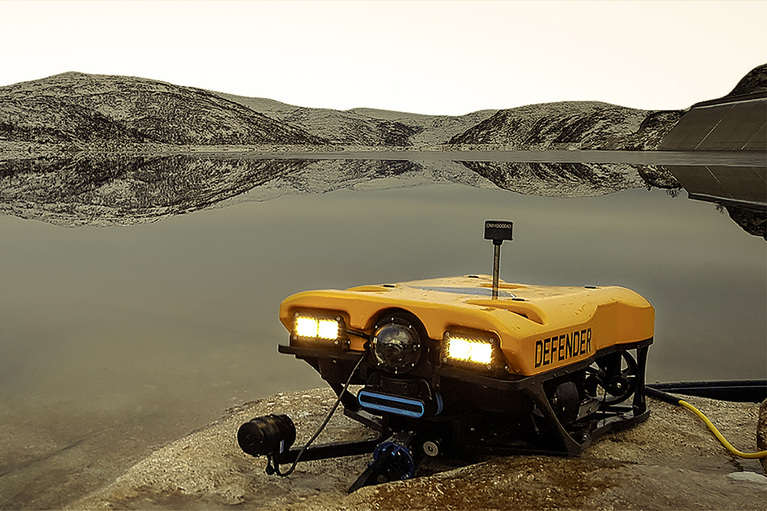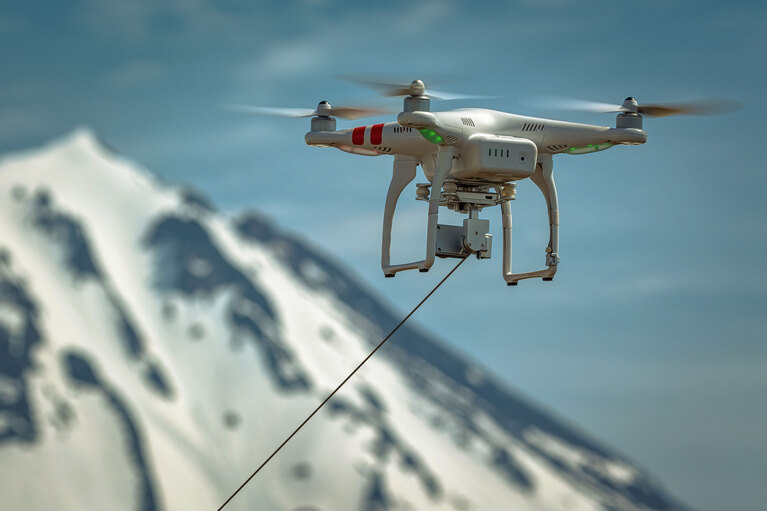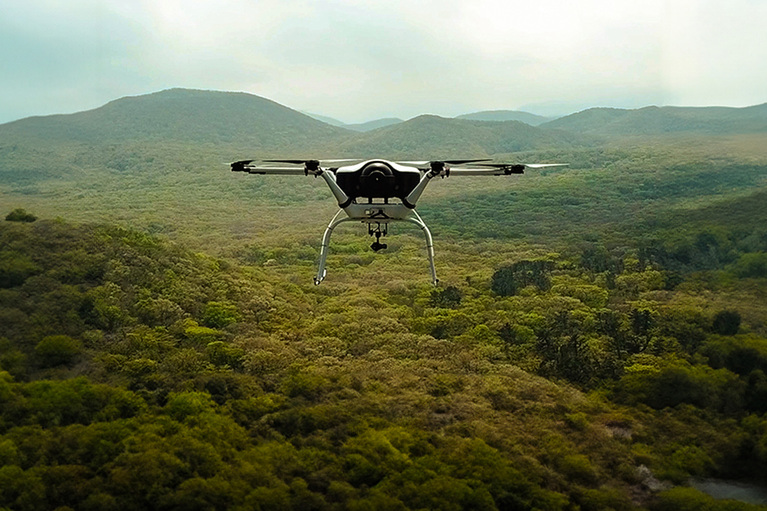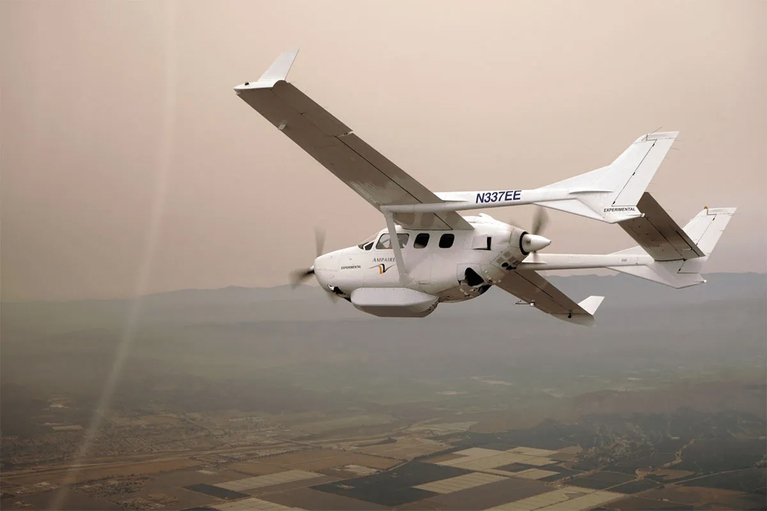
VideoRay drives safe, effective underwater exploration leveraging AI and today’s newest technologies
Vicor Powering Innovation podcast discusses the proliferation of ROV applications and how VideoRay is responding to new underwater missions
Case study: Tethered aerial vehicles

This class of unmanned vehicle is powered and controlled via a tether from a ground-based power source. High-voltage tether transmission of 500V to 800V allows for greater tether lengths and smaller cabling, enabling the drone to fly higher or travel longer distances underwater. Tethered drone applications typically require a 1 – 5kW ground power supply tethered to a rotor-wing UAV or UUV, and offer unlimited run time and greater control. The key goals were:
The power delivery network (PDN) inside the vehicle must be capable of down-converting the tether’s high voltage with high efficiency and power density to not take up important payload space and Vicor fixed ratio converters like BCM® modules are the most efficient way to convert HV to SELV.

Significantly reduce tether size, weight, and drag

Lightweight conversion of HV tether to SELV bus

Modular design supports flexible design requirements
The BCM4414 provides 1.8kW of power for either step-up or step-down conversion at 97%+ efficiency. At the ground station, the BCM4414 isolates and steps-down the rectified output from a single or 3-phase AC supply to 48V. A second BCM4414 steps-up the 48V to 800V for transmission across the tether. A third BCM4414 is used to step-down the 800V to 48V onboard the vehicle. The size and weight of the ground supply and UAV are significantly reduced, as are the diameter and weight of the tether itself. The end result is a much more flexible and capable system that can be easily transported to the operating location.
VideoRay drives safe, effective underwater exploration leveraging AI and today’s newest technologies
Vicor Powering Innovation podcast discusses the proliferation of ROV applications and how VideoRay is responding to new underwater missions
Next generation hydrogen powered drones are doing search and rescue, saving lives
Doosan Mobility’s life-saving drones using hydrogen fuel cells and high-density power modules, enabling 5x longer flight time than lithium ion batteries
Now boarding the flight to the future, flying lower emissions Ampaire hybrid-electric planes
Ampaire is developing hybrid-electric aircraft that will lead the industry to an all-electric future with net-zero emissions and a greener future
High-density, high-power modules enable lighter, safer, lower cost tether cables to extend missions
This class of unmanned vehicle is powered and controlled via a tether from a ground-based power source assisting in extended missions


